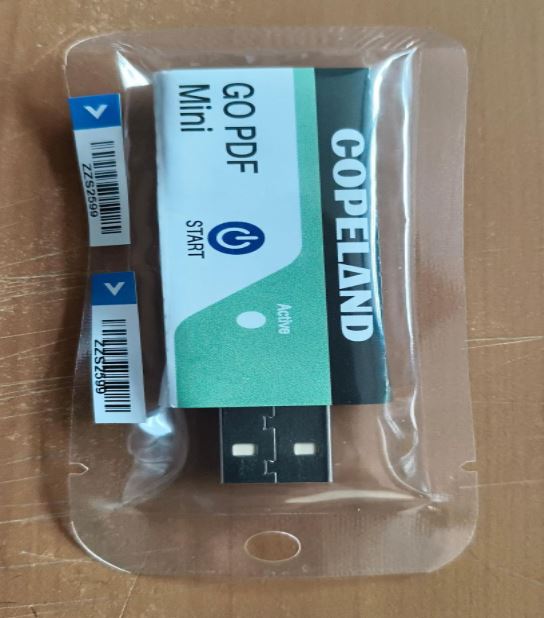Posted in Blog
Reliable Temperature Single Use Data Logger for Cold Chain Monitoring
Temperature Single Use Data Logger: The Smart, Compliant Choice for Cold-Chain Confidence
Keeping temperature-sensitive goods safe shouldn’t be complicated. A Temperature Single Use Data Logger gives you a sealed, pre-configured recorder you can activate in seconds, ship with your goods, and archive after delivery—creating an auditable trail without the risk of re-use errors. If you’re moving vaccines, biologics, seafood, dairy, or specialty chemicals, this is the fastest way to prove control from dock to door.
Why Choose a Temperature Single Use Data Logger?
Alt img: Temperature Single Use Data Logger gadget in yellow color packet
- Zero setup friction. Just press start. A Temperature Single Use Data Logger ships pre-programmed with your sampling interval, alarm thresholds, and trip duration—so operators don’t have to tinker at the loading bay.
- Tamper-proof records. Single-mission hardware limits handling and ensures each trip’s integrity. When the lane is complete, you have a discrete, traceable record tied to that shipment.
- Lower total risk. Compared to pool-based reusable fleets, a Temperature Single Use Data Logger minimizes loss, cross-contamination, and firmware mismatches between sites.
- Audit-ready output. Generate a secure PDF/CSV report with summary stats, MKT, min/max, and alarm excursions—ready for QA review and CAPA documentation.
Key Features
- Accurate sensing & range
Choose NTC-based sensors for tight accuracy in the -30°C to +65°C band, or specialty variants for dry ice shipments. An accurate Temperature Single Use Data Logger protects narrow-window products like biologics and insulin. - Alarm strategy that mirrors risk
Support for high/low thresholds, time-above/below limits, and cumulative excursion gives QA real context—not just a red light. A Temperature Single Use Data Logger with smart alarms reduces false rejects and pinpoints root cause. - Field-proof design
Look for IP-rated housings, condensation-safe construction, and glove-friendly buttons. Clear LEDs/LCD cues help operators confirm a Temperature Single Use Data Logger is armed without opening insulated packaging. - Airline & lane readiness
For air freight, ensure your Temperature Single Use Data Logger aligns with carrier requirements and IATA guidance (non-transmitting during flight, self-powered, safe cells). Clear documentation speeds acceptance at tender. - Data access without drivers
Class-compliant USB or NFC/QR retrieval lets receivers pull reports instantly—no proprietary cables. A Temperature Single Use Data Logger with auto-PDF avoids IT bottlenecks at CDZs and pharmacies. - Compliance & validation support
Demand NIST-traceable calibration options, certificate availability, and SOPs for IQ/OQ/PQ. Your Temperature Single Use Data Logger should make GDP/WHO expectations easier—not add paperwork. - Sustainability, handled
End-of-life guidance, WEEE-aware design, and take-back programs matter. A responsible Temperature Single Use Data Logger includes clear recycling/disposal instructions and battery safety notes.
How to Choose the Right Temperature Single Use Data Logger in 3 Steps
- Step 1: Define the lane and risk.
Origin/destination temps, dwell times, and packaging type determine your sampling interval and alarm thresholds. Cold chain temperature logger settings for gel-pack vs. PCM shippers will differ. - Step 2: Match range & runtime.
Dry ice? Pick an ultra-low model. Long ocean legs? Select extended memory/runtimes. Your Temperature Single Use Data Logger should outlast the worst-case transit by ~20%. - Step 3: Simplify receiver actions.
Select units that auto-generate a PDF and optionally upload to a secure cloud on first connect. Fewer clicks = faster disposition decisions.
Where a Temperature Single Use Data Logger Shines
- Pharma & vaccines: GDP-friendly documentation, fast quarantine/release decisions.
- Food & beverage: Lot-level traceability for HACCP; prove time/temperature compliance.
- Chemicals & reagents: Protect activation thresholds and stability budgets during transit.
- Clinical trials & labs: Trip-tied records simplify audits and CRA reconciliation.
What Sets Our Solution Apart
- Pre-configured profiles per product lane (2–8°C, CRT, frozen, ULT).
- Audit-ready reports with MKT and excursion analytics—no software install.
- Validation toolkit: sample SOPs, acceptance criteria templates, and calibration options on request.
- Help when it counts: logistics-aware support to set alarms that reflect packaging performance.
- Responsible disposal: clear take-back/recycling guidance.
Ready to Protect Your Next Shipment?
Get the confidence you need—request a quote for our Temperature Single Use Data Logger or contact us to map the ideal settings for your lane. Our specialists will configure, test, and ship units that work from day one.
SEO-friendly FAQs
- What is a Temperature Single Use Data Logger?
- A single-mission recorder that tracks temperature during one shipment and produces an auditable report after delivery.
- How accurate are single-use loggers?
- Most offer ±0.5–1.0°C in common ranges; choose models and calibration options that fit your product’s stability needs.
- Can I use one for dry ice shipments?
- Yes—select a Temperature Single Use Data Logger rated for ultra-low (e.g., -80°C to +20°C) with appropriate sensors and housing.
- Do receivers need special software?
- Pick units that create a driver-free PDF/CSV over standard USB or provide NFC/QR access for rapid disposition.
- Are single-use loggers compliant with audits?
- When paired with calibration certificates, SOPs, and secure reports, they support GDP/WHO expectations and streamline audits.


